How to care for aloe at home: some tips
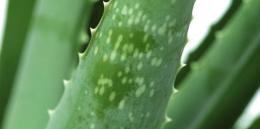
Many people have a pot of aloe on their windowsills at home. In addition to its attractive appearance, this plant also has a lot of healing properties. So, for example, by applying an aloe leaf cut in half, you can cure a wound that has also festered. That is why almost all grandmothers have aloe growing at home. But, really, few people have thought about how to properly care for a flower so that it does not dry out and pleases the eyes of everyone who enters the house?
Content:
A little about the plant
Before moving on to how best to care for a flower, you need to learn a little more about it itself. What every average person knows. So, aloe is one of the most famous ancient plants, the benefits of which were known even then. In addition, there are many references to the flower from the apostles, who noted that almost anything can be cured with the juice of the plant.
Different medicines use different parts of the plant considered especially healing. So, in our country the leaves are most often used, while in India the roots are also used.
By resorting to the help of aloe, according to doctors, you can get rid of problems such as:
- Wounds that do not heal for a long period of time
- Various skin diseases that are difficult to treat with medications
- Cyst
- Cancer
- Plague
Of course, the last three points may raise doubts, but based on the healing properties of the flower, we can conclude that it will not cure the disease, but it may well alleviate the condition.
There are several types of aloe, among which the most popular are:
- Treelike, or as it is most often called, agave. True, few people can see exactly this species on their windowsill at home, but in Africa, its homeland, it grows almost everywhere.
- Vera, or as it is also called the real one. It is the one that grows at home with grandparents, and they say about it that it is an almost universal remedy for the treatment of many diseases.
- Spinous. A very beautiful view, but, unfortunately, it can also rarely be found at home.
As mentioned above, most often you can find aloe vera, which is less whimsical compared to other species, and besides, it is much easier to get.
Flower care
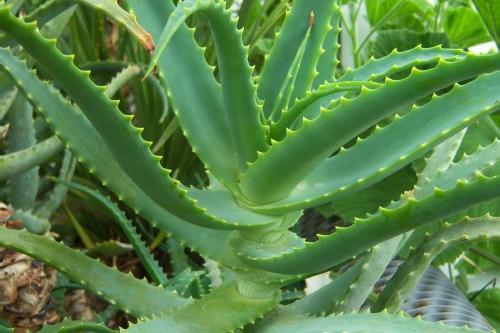
Although homeland of aloe This is Africa, that is, this plant is quite picky, but it still requires special care, thanks to which its leaves will be much better, and it will grow faster.
So, there are several basic requirements for good flower care:
- The temperature in the room should be average. Aloe is unpretentious to room temperature, so it is enough to follow the regime that will be comfortable for all residents of the house.
- Light. The flower must constantly be in the sun, since light is what it needs. That is why throughout the year it is better to change the location of the pot depending on where more light falls. But in the summer, if the house has a balcony, then it is best to take the flower out into the fresh air.
- Water.Due to the fact that the ancestors of aloe grew in Africa, this flower is not picky about humidity. If you forget to water it a couple of times, nothing bad will happen. Well, if, on the contrary, you flood the ground with water, it can destroy it. In the summer and hot months, it is best to water the aloe every day, but at the same time remove excess drained water into the pan, but in winter the number of waterings can be reduced to once every two or three days. Of course, if it is noticeable that the soil has become very dry, then it is better to water it a little.
- Humidity. Separately, it is worth mentioning the humidity in the room. If there is a humidifier in the room, then there is no need to worry about it. But if there is none, and besides, winter time has come, then they turn on the heating, then you need to spray it with water every week.
- Fertilizing the soil. Aloe is no different from others indoor plants, which must be fed every month, that is, fertilize the soil.
- The soil. As for the soil that is poured into the pot, it should not be simple soil dug up on the street, but well-fertilized soil, preferably purchased from a specialized store directly for planting aloe.
In principle, caring for this flower is not so painstaking. And that’s why almost everyone buys it, since it gives the home comfort, and at the same time does not require special attention.
Plant diseases
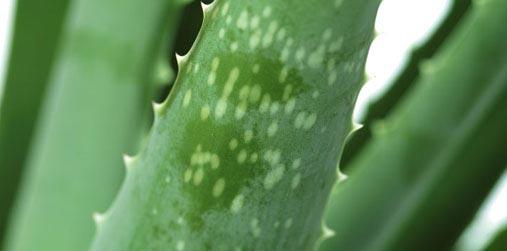
Despite the fact that the flower is not whimsical, there are still a number of diseases that can affect it. The most common:
- Root rot. If several leaves are found on a flower that have darkened and become limp, then you can safely dig up the flower and begin to examine its roots, which could have rotted.This usually happens due to frequent watering. If several healthy roots were found, then all damaged ones need to be cut off and the flower planted in new soil. But if there are no healthy roots, then it is best to completely cut them off and root them.
- Dry rot. This phenomenon is absolutely opposite to the previous one. It is very difficult to notice the onset of the disease, since the flower literally dries up from the inside, and it is unlikely to be saved.
- Shield. This is one of the most common misfortunesthat occur due to the fault of pests. On the back of the leaves you can find brown spots, which can be removed with a sponge dipped in a little alcohol.
Caring for aloe is not that difficult, the main thing is to water it on time and make sure that the ground is not constantly wet. And of course, pay close attention to diseases, since even when growing in the most comfortable conditions, a flower can get sick.
Video about proper care of aloe at home:
Interesting information about the vegetable garden

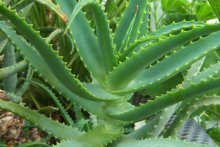
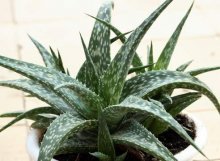
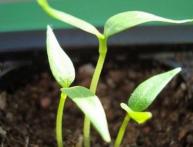
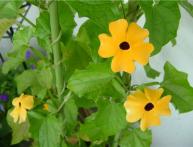
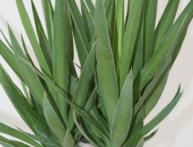

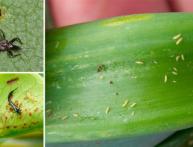
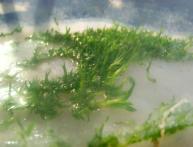
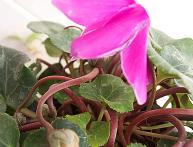
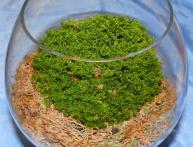
Comments
I am very glad that I came across your article. Right now there is a huge aloe plant on the window, I’m going to plant it. Useful article.
The old aloe began to dry out, there was clearly not enough space in the pot, so I planted it in several pots. The aloe died in all the pots - I still didn’t understand why - after a week, first the stem of all the sprouts in one place became soft and the upper leaves began to dry out, the sprouts in the soft place fell and all the leaves became soft. This is the first time I’ve seen this, it seems like I did everything according to the rules. Maybe someone has encountered such a death of aloe vera?